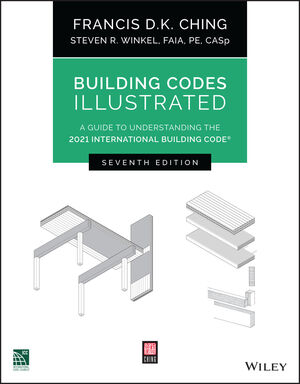
If you think this editorial is about CSI Miami, count yourself lucky. The construction forensic expert is someone who investigates construction defects. The forensic experts were born out of a need, a perceived need, greed or simply a fear. It is the last two that frighten me and should frighten you too. Where did they come from and who are they? It is a complicated series of events that has taken a few decades to develop and is currently morphing again.
In the ’50s the trades had apprenticeship schools that reached about 85 percent of the total work force. These schools had old timers that knew basic flashing procedures and passed them along to these apprentices. What an apprentice learns, he tends to take to the grave as the gospel. Eighty-five percent is good coverage; with good basic flashing, used universally, it kept buildings dry. Architects were schooled in drafting skills with paper and pencil, thus they learned where all the layers of materials should be as they hand drew them on the paper. Energy was cheap and buildings were anything but airtight. The general contractor had supervisors that came up through the field and were taught the same flashing procedure as in the apprentice schools. A sheet metal contractor was on site to ensure kick-out flashing, Z bar and weep screeds were installed. Exterior subcontractors had to learn, at most, two or three exterior systems and these systems were almost all the same. Buildings, for the most part, were pretty basic in shape and easy to flash. Most storefront installers would not even think about installing a window system without a metal sill pan. Good times!
Starting in about the late ’70s and well into the ’80s, we had a perfect storm brewing; apprenticeship training in the trades began to slide as the unions reached a low of about 13 percent. That meant a lot of tradespeople lost the clear, simple and unified direction on how to flash a window. Architects started with Auto Cad systems and class time required a shift to this new technology of point plotting, overlays and software. Something had to give and it did; practical construction knowledge. Energy became a concern and new laws required tighter buildings and vapor barriers, thus preventing them from breathing. General contractors drafted construction managers from colleges to run projects. They knew how to push schedules and optimize profits, but very little about construction detailing. Building designs started to get more elaborate and complicated. Subcontractors had to learn a multitude of new cladding systems. The number kept growing and these systems varied in moisture management principles. Storefront installers also lost the apprentice training until sill pans became a distant memory. The perfect storm finally came together and led to a mass of leaky buildings.
MAKING A CAREER MOVE
This led to the birth of the defect attorney and his forensic expert and they started to grow exponentially in the 1990s. They opened up buildings, documented the decay, and presented the pictures of decay to the insurance companies. Since the evidence was overwhelming and the insurance companies were making money hand over fist with stock and real estate investments, they paid out with no fight. The stock market turned sour, the flashing practices of the trades began to improve and the damage presented by the forensic experts was now not so convincing. The insurance companies decided to start fighting back. The forensic experts and effect attorneys were not about to just go away. Many forensic experts starting losing cases or not getting the big awards they promised their clients. Fortunately for them, the fear and lack of trust that was created in the industry allowed a new avenue for them. They shifted their focus to architects and promoted the idea that science was what was needed to make a building weather-tight. Now they have become Building Envelope consultants and they charge a bundle.
Thought about getting into this field? It is not as easy as you may think. While you know how basic construction systems work and understand good construction practices, that will not be worth exorbitant consulting fees and your competition will eat you alive. Your intentions may be honorable, but your competition will be using the theory of design pressure equalization, reservoir storage capacity claddings, the rate of perms diffused in relationship to the dry cup method, convection drying and other scientific hyperbole. It sometimes seems amazing how buildings ever got built without the scientists. You will have to come up with elaborate designs, use rainscreen technology and building science to dazzle and confuse.
I have worked with a few envelope consultants I have respect for; I have also worked with consultants or so called experts that will say and do anything to impress their clients to justify a ridiculous fee. Contractors that get on the wrong side or in the cross hairs of one of these experts can find themselves in a world of hurt. If you think some of these experts could be called a “hired gun,” you may not be far off the mark. I always receive letters about my editorials-some positive, some negative. If you are a consultant and offended by the “hired gun” statement and want to e-mail me, that is perfectly fine. My answer will be, “Did I hit a little too close to home?” W&C



